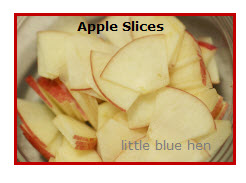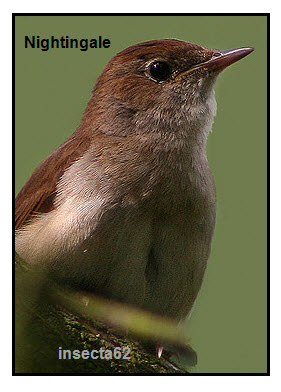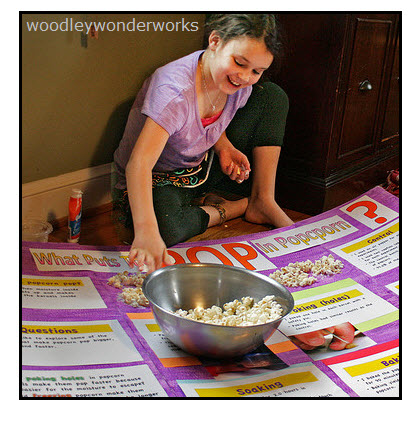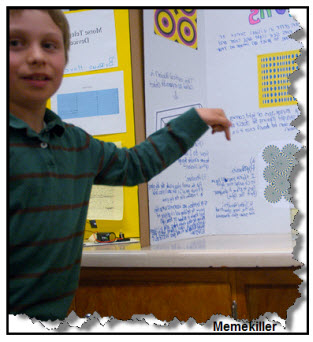NOTE:: If you are not given a specific abstract format to follow, ask your instructor to approve the following outline. is ABSTRACT: This is a report of 250 words or less about the experiment. It should be written in the past tense without the use of any personal pronouns. Following are parts that should be […]
Archives for 2010
Bird Sounds
Whistling is the act of producing a musical sound by holding your lips and tongue in a certain way as you force air out of your mouth. Yes! I know that this sounds a bit vague, and hope someone will send me a better definition. Whistling is something that never mastered. I can make a […]
Browning Apple: Research
Research sounds so technical, but it isn’t. It is just a term used for finding out about stuff. Research often starts with an observation. For example, after biting into an apple, you notice that the exposed surface starts to turn brown. Being a curious person, you wonder why and begin to search for the answer […]
Browning Apple: Display
Your science fair project display is very important. It represents the work you have done. For clues about preparing a display see this link: Project Display When you display your project, some fairs require that you stand with your project display while it is being judged. This allows the judges to ask you questions. Following […]
Science Fair Project: Presentation
As part of a science fair project, you may be asked to give an oral presentation to your class. Generally this is to be a brief overview of your project. Remember: K.I.S.S. (Keep It Short and Simple). Make it interesting. Do include these parts: Project Purpose Your hypothesis Your conclusion Presenting in front of your […]
Science Fair Project: Judging Tips
Most science fairs have similar point systems for judging science fair projects. I would instruct judges to consider every project average before even seeing them. Using a scoring system of 1 to 5, with 1 being the lowest point, then 3 would be average. As each judge evaluates a project, he or she decides if […]
Scientific Method: Color Changes
Research: Paints contain materials called pigments or colorants. These materials produce colors by reflecting certain colors of light. The three primary colors for paints are Red, Blue, and Yellow. The mixing of any two of these colors produce what are called secondary colors. Red + Blue= Purple Red + Yellow = Orange Blue + Yellow […]
Browning Apple: Data Analysis
How to Create a Comparative Color Scale Your experiment is over and data has been collected. You now want to study your data results and make comparisons between the independent variable and the dependent variable. For the example project, a color scale can be created in order to have quantitative information to describe the results. […]
Browning Apple: Control
An Experimental Control To conduct a scientific investigation, care must be taken to follow experimental procedures. You must design an experiment to test your hypothesis. When planning your experiment remember to: 1. Keep everything the same except for the single variable being tested, which is the INDEPENDENT VARIABLE:. A variable is something that can be […]
Browning Apple: Data
Collecting data is a very important part of your project. As a reminder, DATA is recorded information. It is the results of your experiment. Data for this example project includes your observations of the apple slices. This can be written observation as well as diagrams. Clue:It is difficult to remember exactly how things look when […]
- « Previous Page
- 1
- …
- 10
- 11
- 12
- 13
- 14
- …
- 54
- Next Page »




